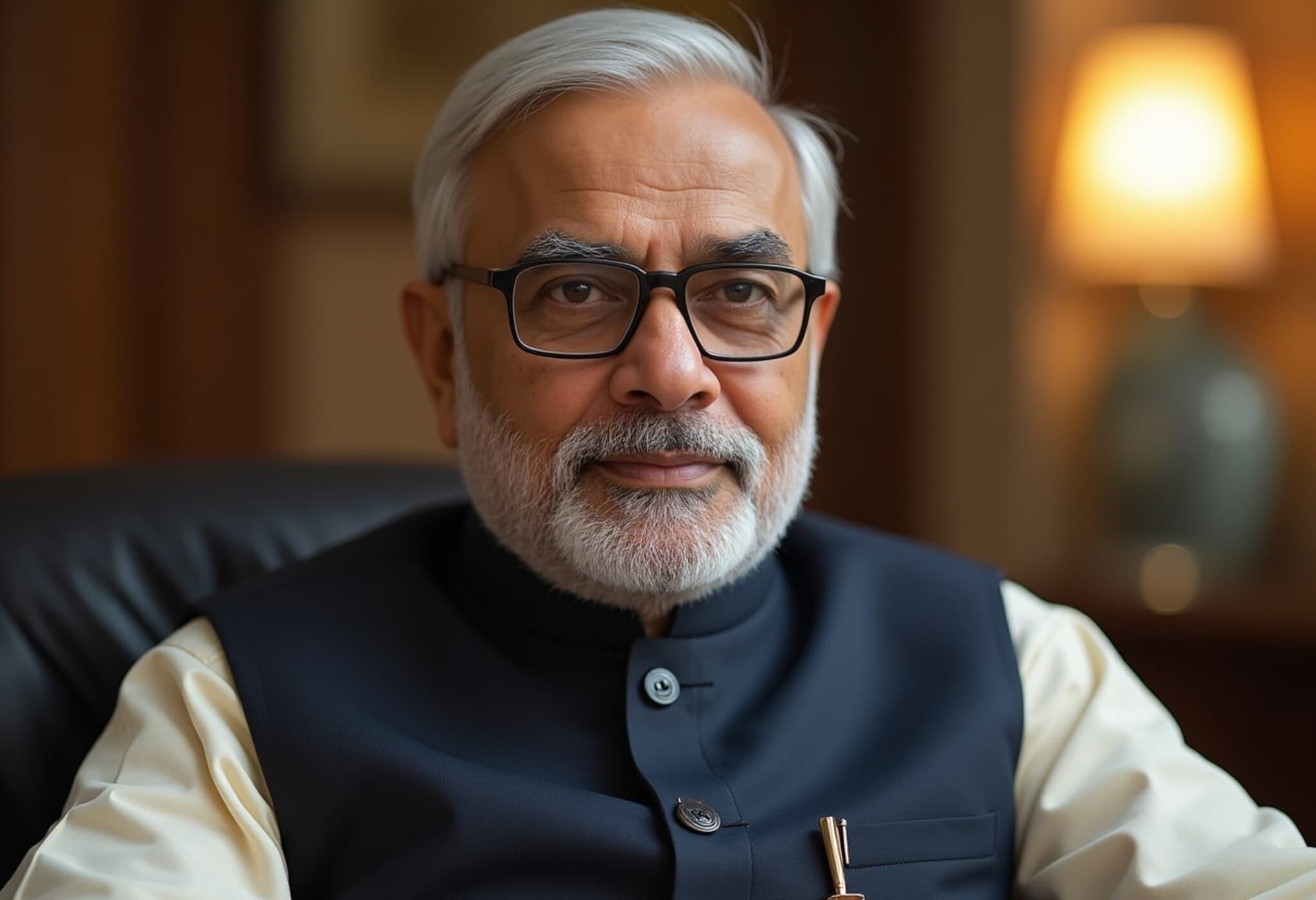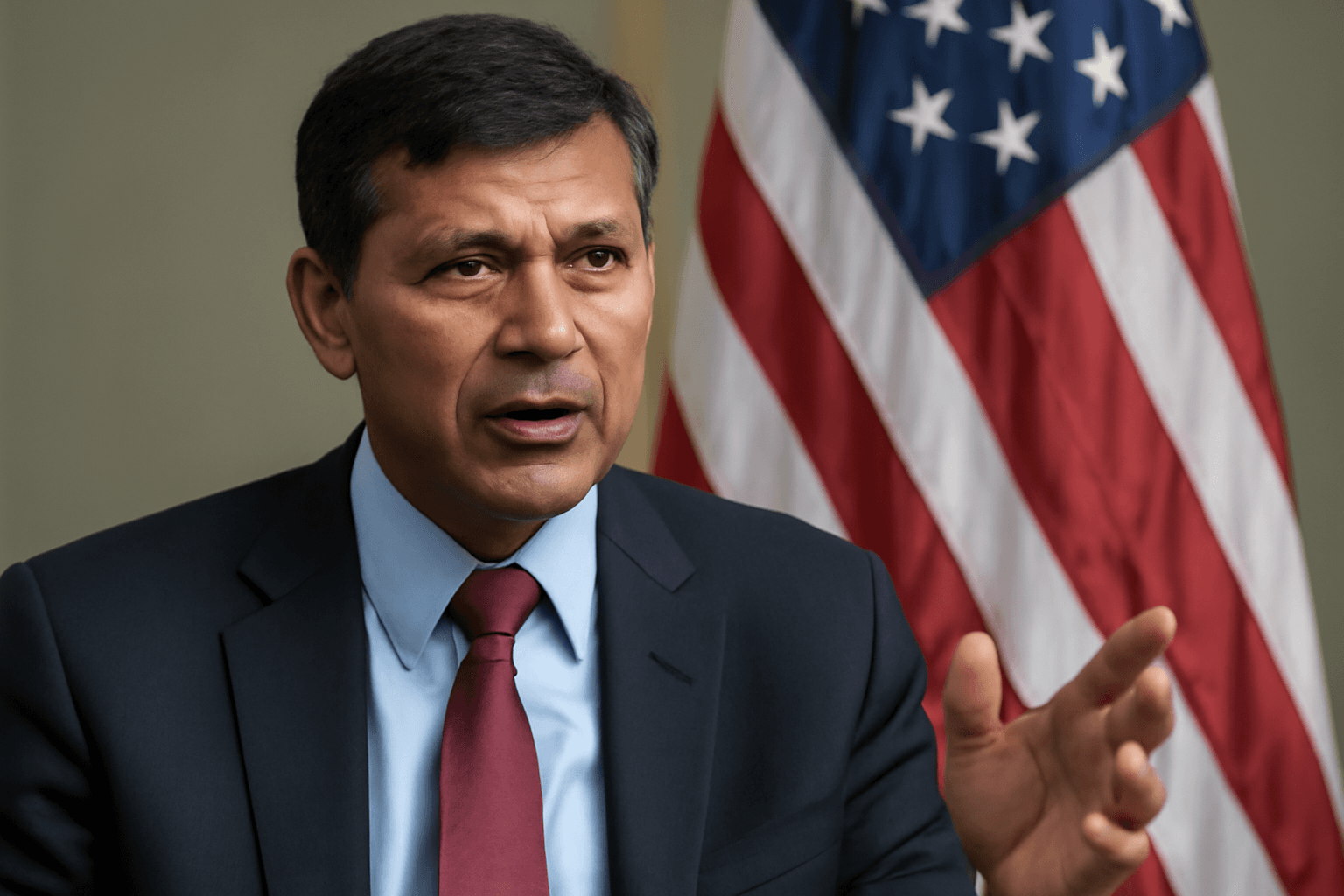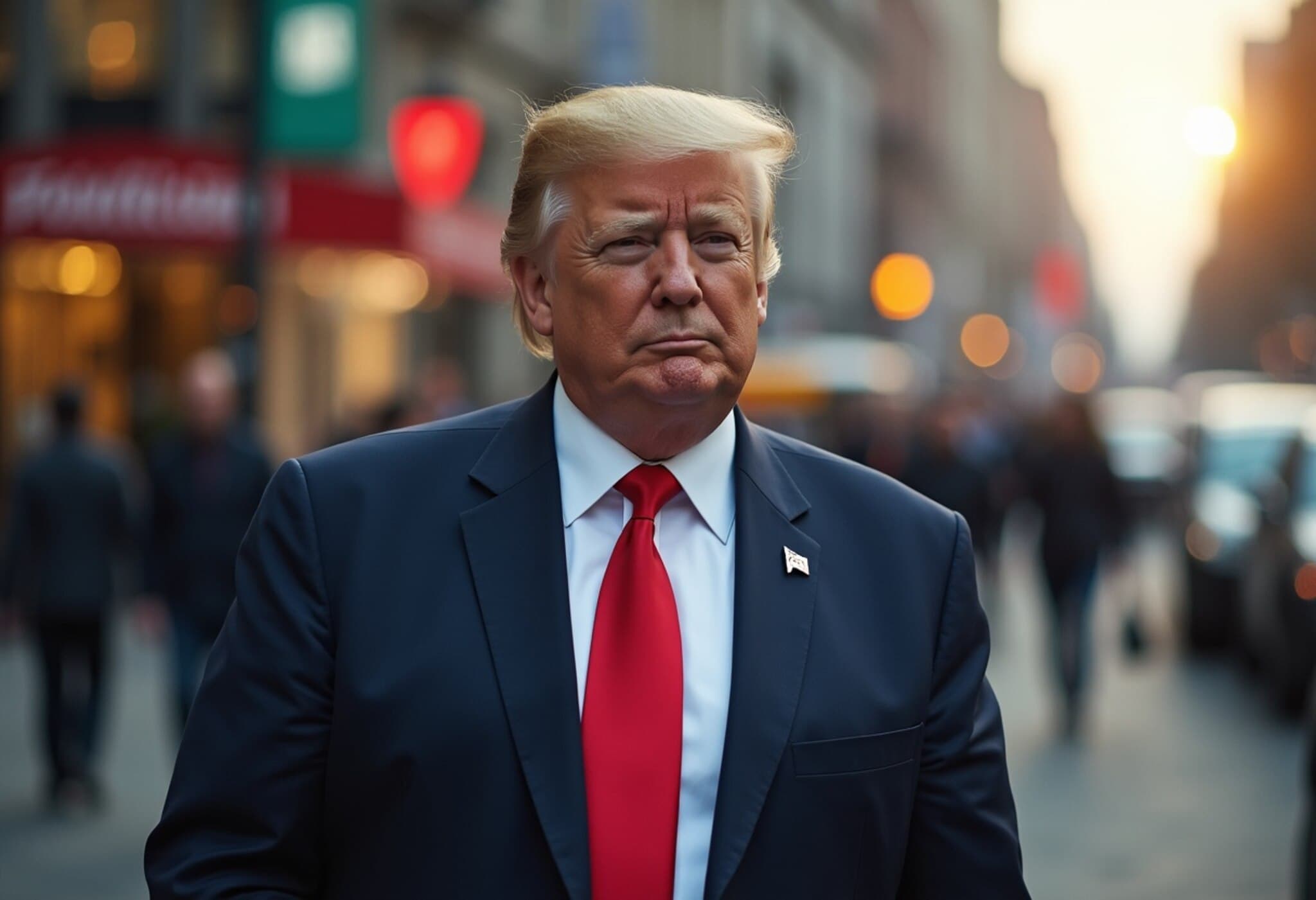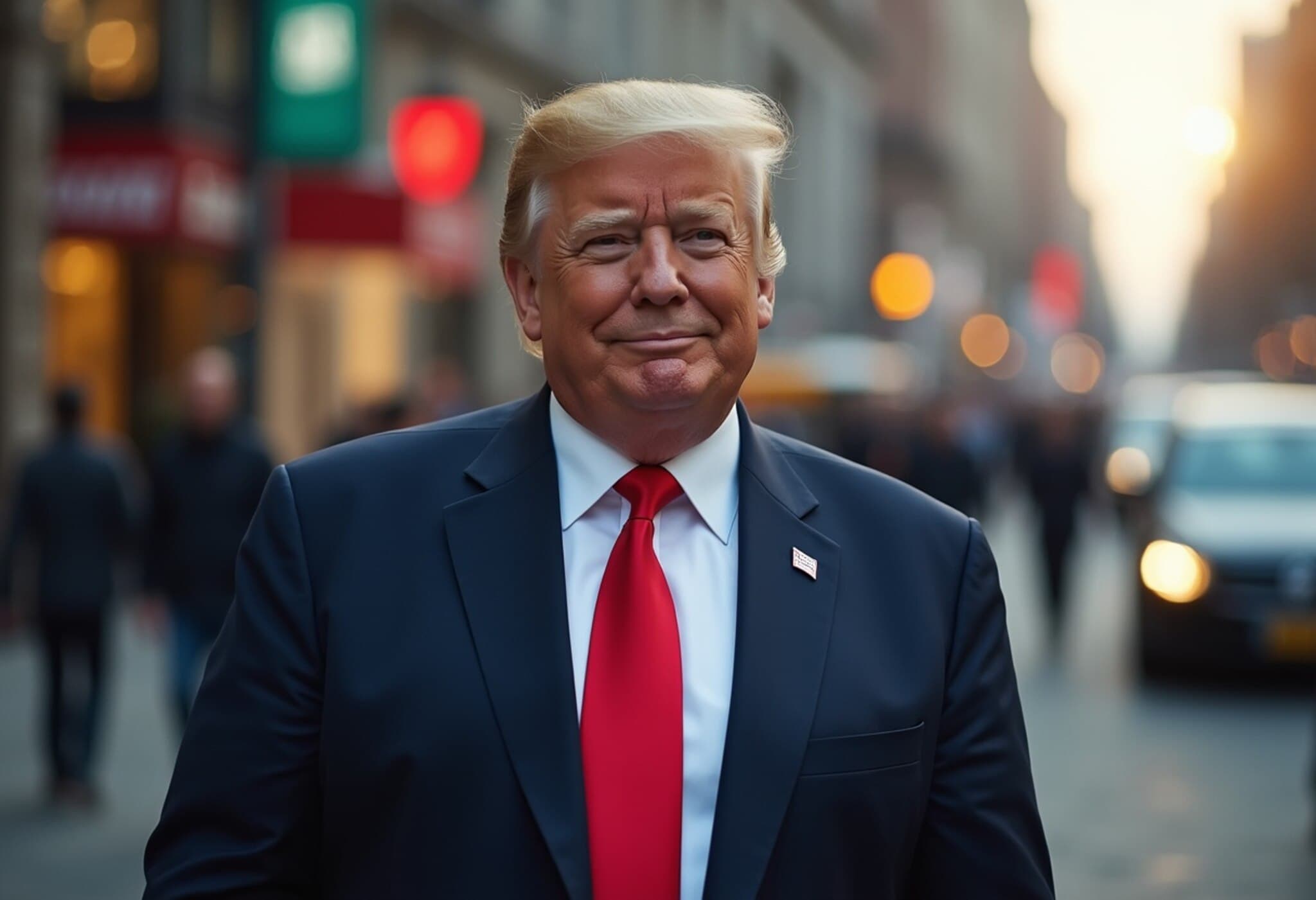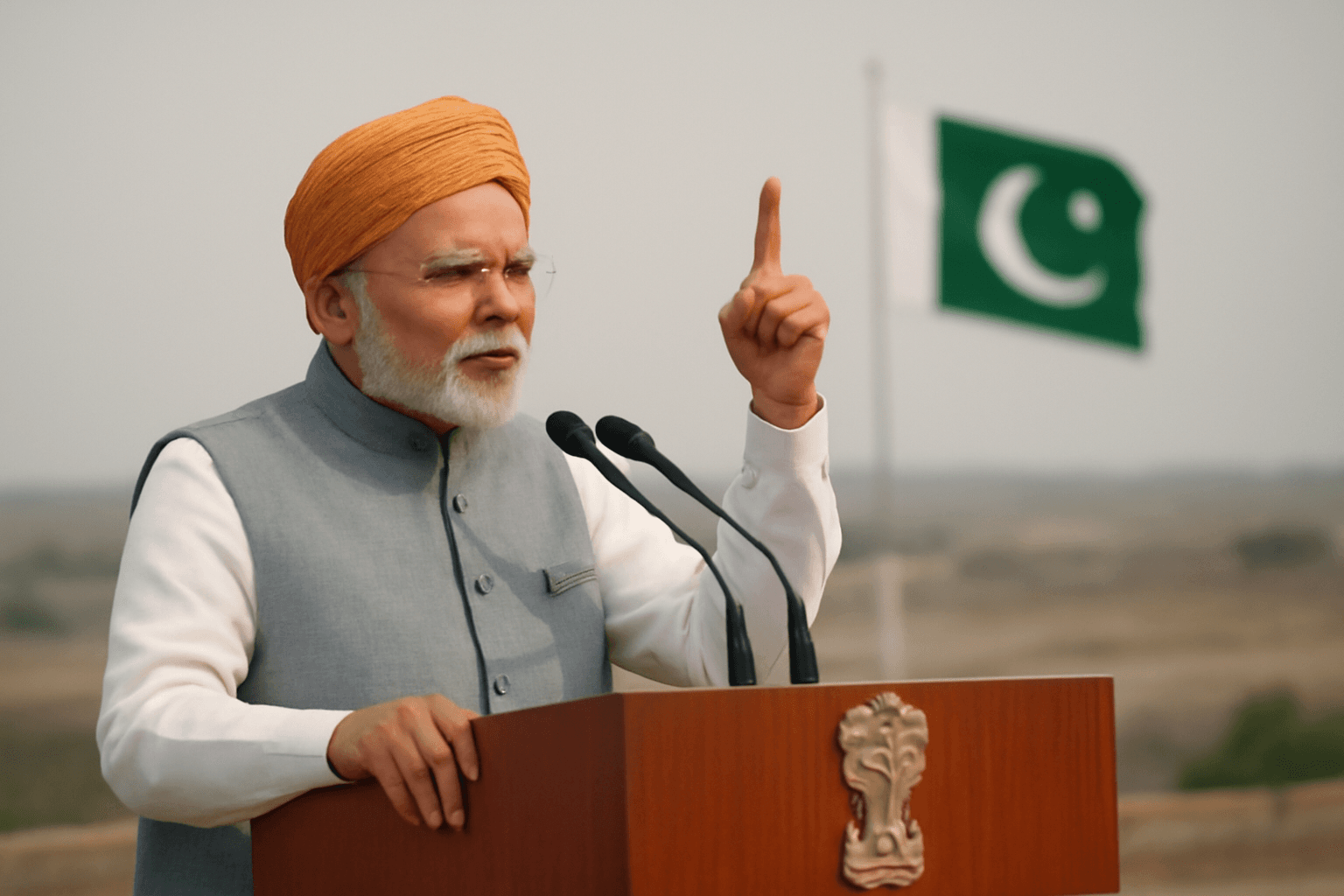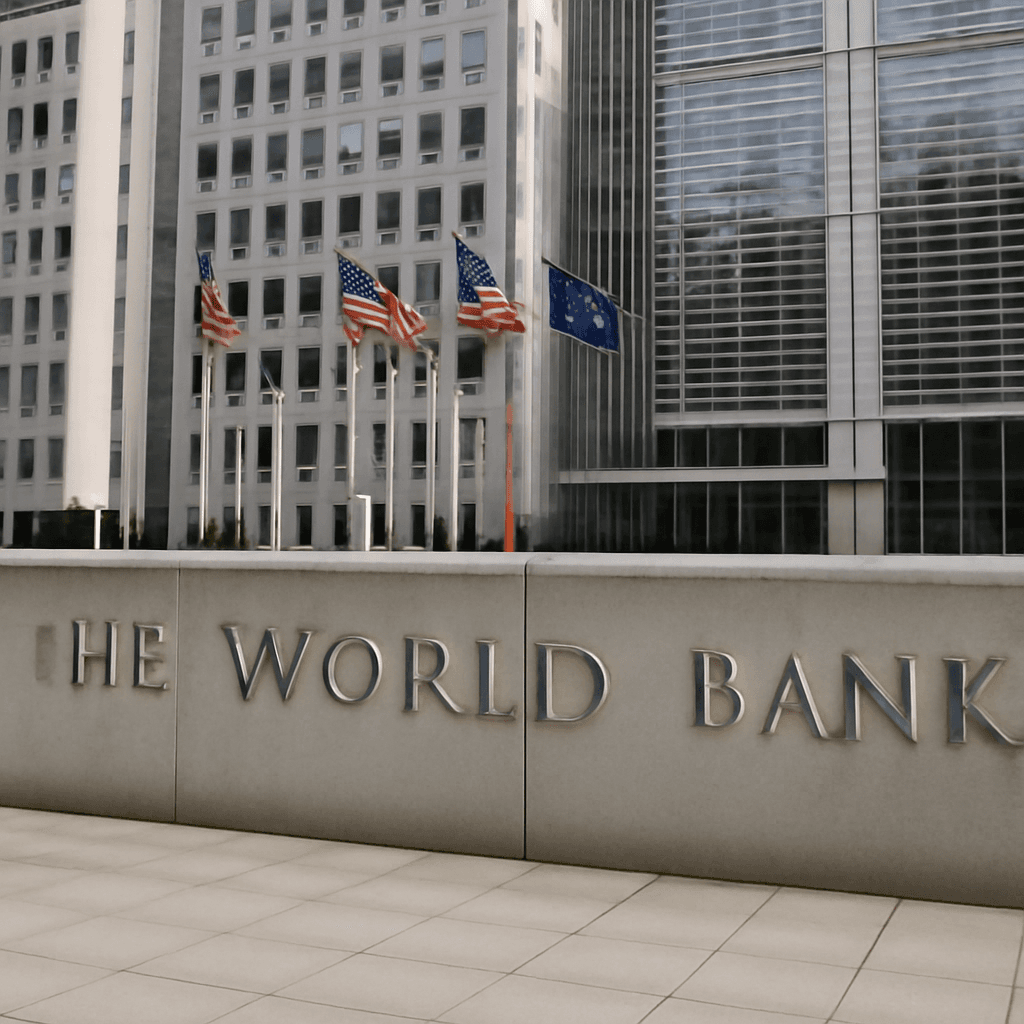RBI Governor Sanjay Malhotra Responds to Trump’s Economic Critique
In a bold and timely response to former US President Donald Trump’s disparaging remarks about India’s economy, Reserve Bank of India (RBI) Governor Sanjay Malhotra emphasized India’s promising trajectory amidst a shifting global economic landscape. Just days after Trump labeled India and Russia as having “dead economies,” Malhotra underscored India’s resilience and long-term potential.
Monetary Policy Announcement Amid Trade Tensions
Speaking after the RBI’s latest Monetary Policy Committee (MPC) meeting, Malhotra announced that the central bank would maintain the key repo rate at 5.5%, signaling a steady approach to monetary policy despite mounting external pressures. This decision came as the Indian rupee experienced depreciation, notably falling 16 paise following Trump’s renewed threats to impose tariffs on Indian goods.
"Over the medium term, the Indian economy holds bright prospects in the changing world order, drawing on its inherent strengths," Malhotra remarked, highlighting the nation’s adaptability and economic fundamentals in the face of global geopolitical challenges.
Understanding the Geopolitical Backdrop
The RBI Governor acknowledged the complex international environment, where policymakers worldwide grapple with sluggish growth and subdued inflation. The backdrop includes the US’s criticism of India’s trade policies and tariff structure, which Trump cited as evidence of harming bilateral trade relations.
Trump’s Sharp Criticism and Tariff Plans
On August 5, Trump took to his social media platform, Truth Social, to accuse India of imposing some of the “highest tariffs in the world,” branding India as “not a good” trading partner. He vowed to implement additional tariffs on Indian imports, following a previously imposed 25% tariff on select goods. The new tariffs were expected to come into effect on August 7.
Trump’s comments not only risk worsening U.S.-India trade relations but also spotlight tensions in a relationship that has otherwise been strategic, particularly in the Indo-Pacific region.
Economic and Policy Insights
- RBI’s measured interest rate stance reflects a balancing act between controlling inflation and supporting growth amid external uncertainties.
- India’s economy benefits from robust domestic consumption, a young workforce, and growing technological innovation sectors.
- Trade frictions underscore the need for renewed dialogue to safeguard the broader strategic partnership between India and the U.S.
- Cybersecurity remains a top priority for the RBI, reinforcing financial system stability in a digitalizing economy.
What This Means for India and the Global Economy
India’s response, epitomized by Governor Malhotra’s remarks, signifies not just defiance but confidence. In an era where emerging markets must navigate geopolitical headwinds, India’s emphasis on structural strengths positions it well to capitalize on the evolving multipolar world order.
For American policymakers and businesses, the unfolding trade tensions raise crucial questions about how economic nationalism might clash with long-term strategic interests in India’s growth story.
Editor’s Note
The RBI Governor’s remarks serve as a timely reminder that economic labels like “dead economy” oversimplify complex realities. India’s robust domestic market, combined with ongoing reforms, promises substantial growth potential despite external challenges. As tariff confrontations loom, the challenge will be aligning economic policies with diplomatic strategies to foster sustainable bilateral relations. This episode invites readers to consider: How might trade tensions and geopolitical shifts reshape economic partnerships in the 21st century?

